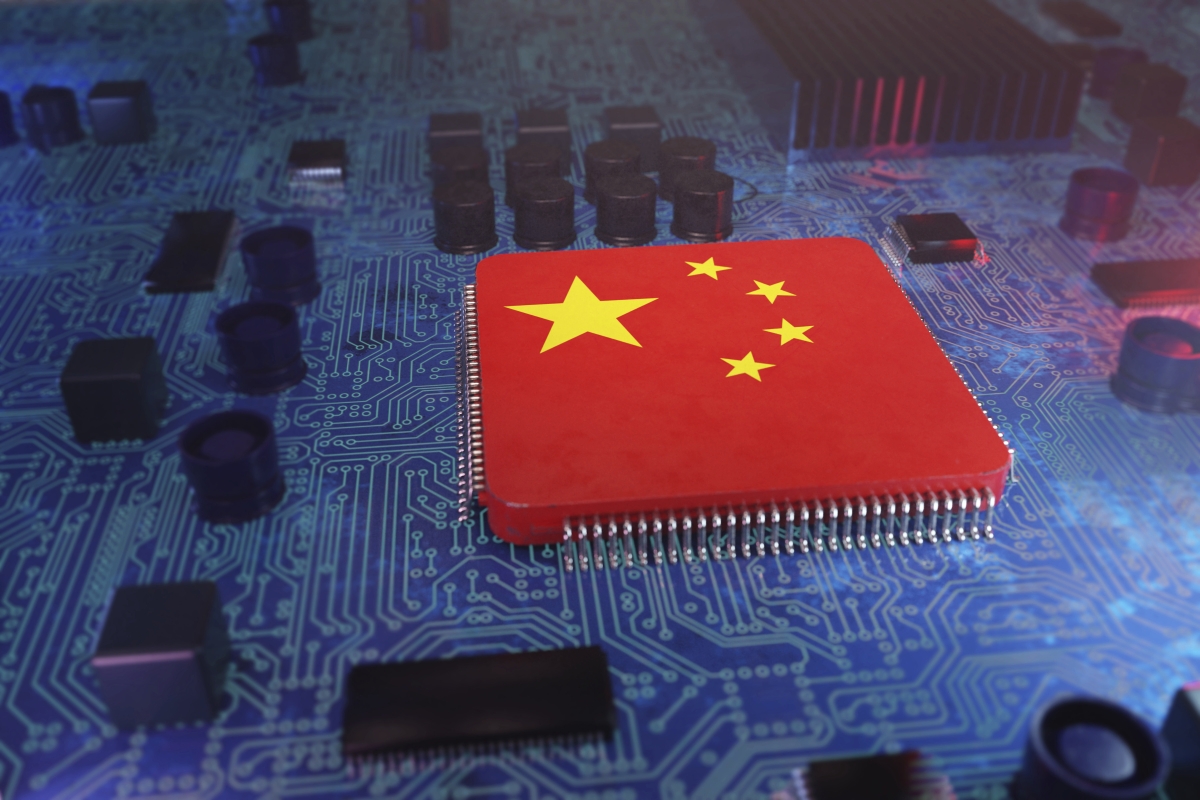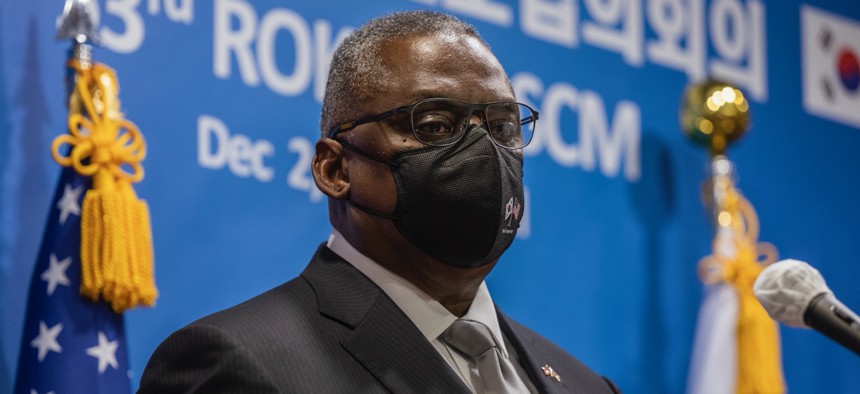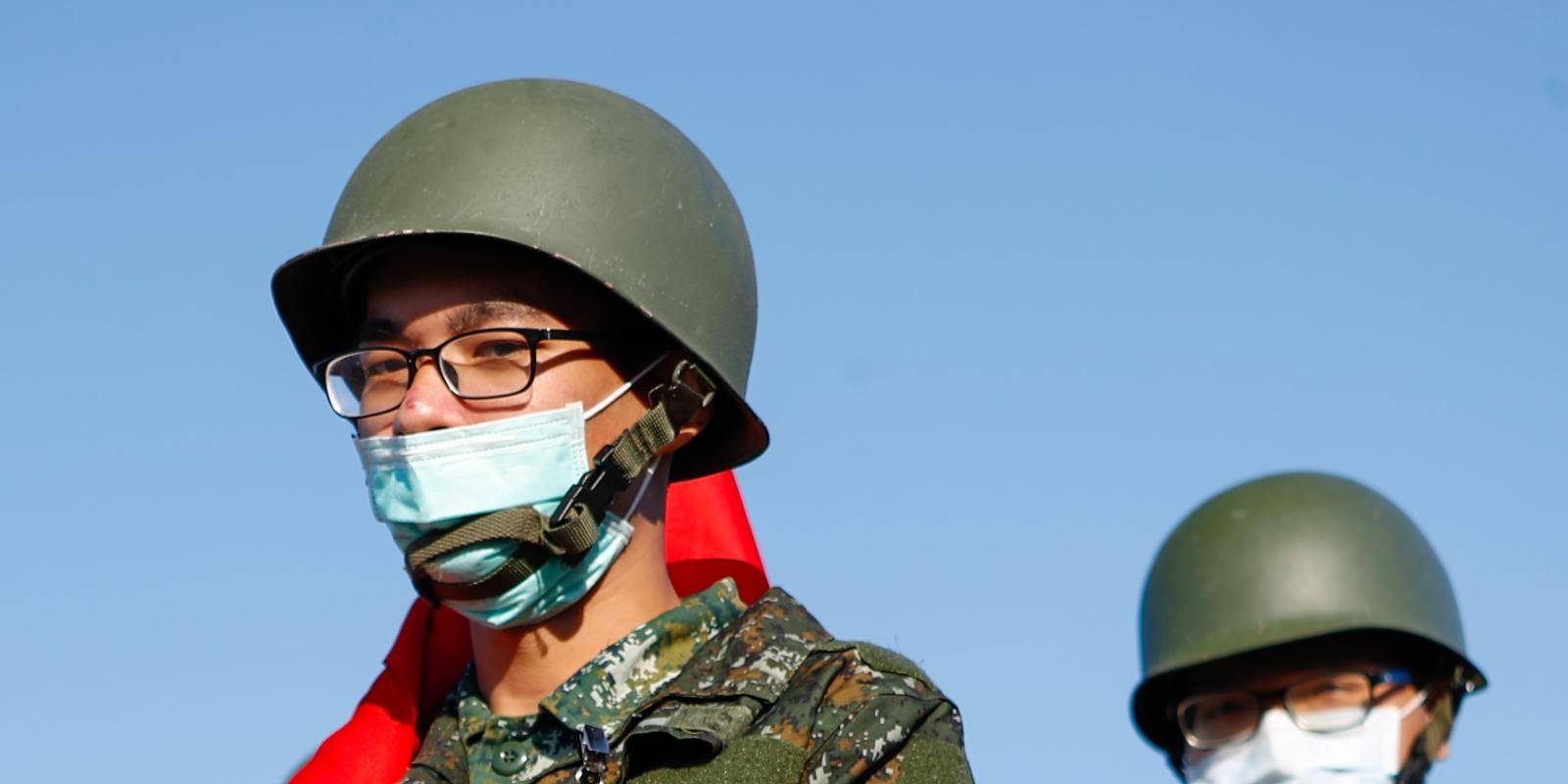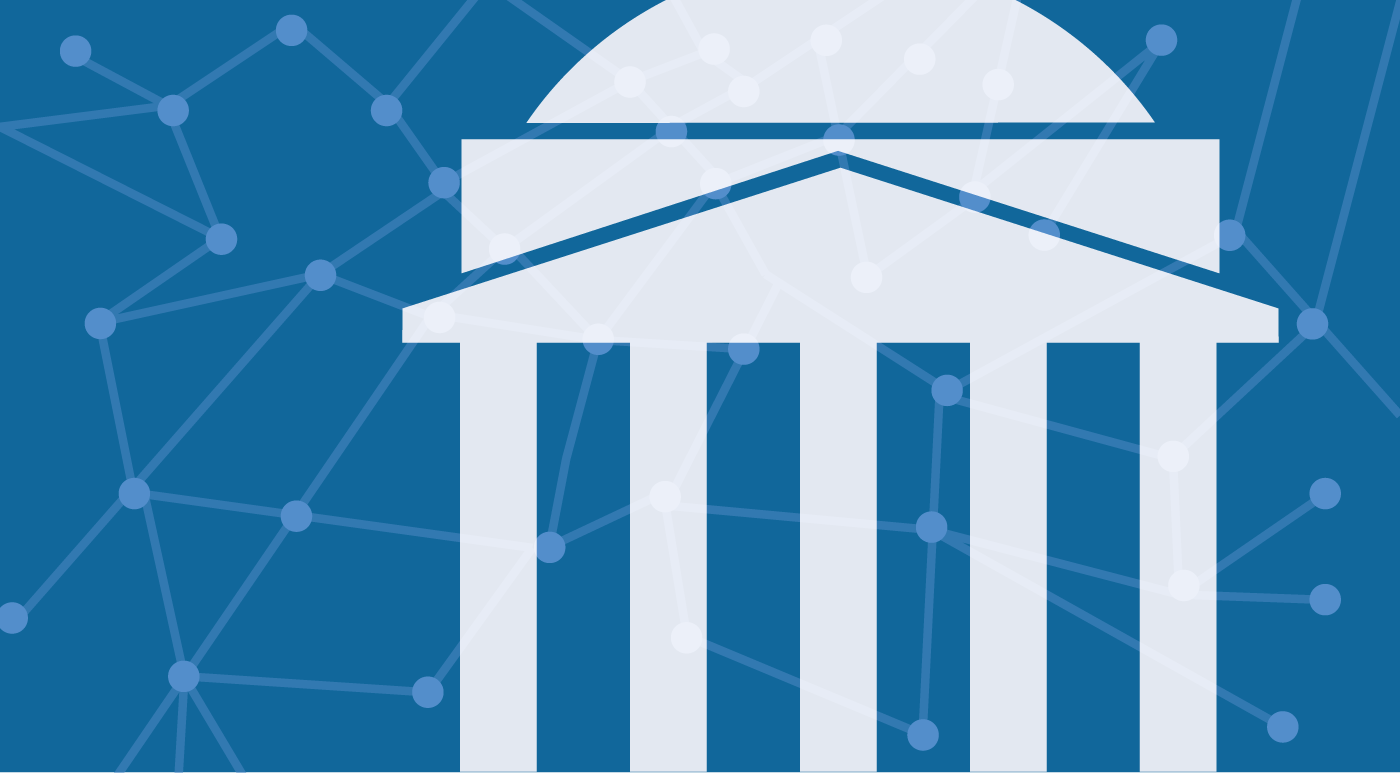Mariette DiChristina, Bernard Meyerson
The 10th anniversary edition of the World Economic Forum’s Top 10 Emerging Technologies Report lists new technologies poised to impact the world in the next three to five years. Experts convened by the World Economic Forum and Scientific American highlight technological advances that could revolutionize agriculture, health and space.
Self-fertilizing crops, on-demand drug manufacturing, breath-sensing diagnostics and 3D-printed houses are among the technologies on the list.
At COP26, countries committed to new, ambitious targets for reducing greenhouse gas emissions this decade. Delivering on these promises will rely on the development and scale up of green technologies.
Two such technologies – the production of “green” ammonia and engineered crops that make their own fertilizer – both aiming to make agriculture more sustainable, made it onto this year’s list of emerging tech.
Top 10 Emerging Technologies
From breath sensors that can diagnose disease to wireless charging of low-powered devices, this year’s list of top emerging technologies is packed with inspiring advances related to the environment, health, infrastructure and connectivity. Experts whittled down scores of nominations to a select group of new developments with the potential to disrupt the status quo and spur real progress.
Have you read?
A century since scientists proposed that excess carbon dioxide in earth’s atmosphere would cause it to retain heat and cause planetary warming, a global effort is underway to drive decarbonization in all aspects of daily life. Governments and industries have made seminal commitments to reduce carbon emissions.
Meeting those commitments will, over the next three to five years, demand unprecedented innovation and scaling to industrial levels of nascent technologies such as: mass energy storage, low/no carbon chemical sources, revitalized rail transport, carbon sequestration, low carbon agriculture, zero emission vehicles and power sources, as well as agreed-upon compliance monitoring on a global scale.
Crops that make their own fertilizer
Today the world uses more than 110 million tons of nitrogen fertilizer to enhance crop production annually. What if crops could capture nitrogen on their own, "fixing" it to themselves in the form of ammonia as legumes such as soy and beans do? Being one of the top emerging technologies, researchers now aim to coax other crops such as corn and other cereals to also self-fertilize.
In one approach, researchers are working to emulate the symbiotic molecular communication between legumes and bacteria to create root nodules—legumes’ natural fertilizer factories. In another, soil bacteria that normally colonize cereal roots (but don’t normally create nodules) are taught to produce nitrogenase, a key component that converts atmospheric nitrogen to plant-compatible ammonia.
Diagnosing diseases with a puff of breath
Soon, testing for disease could be as simple for patients as exhaling. New breath sensors can diagnose diseases by sampling the concentrations of the more than 800 compounds contained in human breath. For instance, elevated amounts of acetone in human breath indicate diabetes mellitus. The sensors look for changes in electrical resistance as breath compounds flow over a metal-oxide semiconductor. Algorithms then analyze the sensor data.
While this emerging technology needs refinements before it can become widespread, in a March 2020 study in Wuhan, China, sensors achieved a remarkable 95 percent accuracy in COVID-19 detection and 100% sensitivity in differentiating patients.
Testing for disease by breathing.Image: Reuters/Chen Lin
Making pharmaceuticals on demand
Medicines today are generally made in large batches, in a multi-step process with different parts dispersed in locations around the world. It can take months to complete the process, involving hundreds of tons of material, which creates some challenges in consistency and reliable supply. Advances in microfluidics and on-demand drug manufacturing now enable a small but increasing number of common pharmaceuticals to be made as needed.
Also called continuous-flow manufacture, the process moves ingredients via tubes into small reaction chambers. The drugs can be made in portable machines in remote locations or field hospitals, with doses tailored to individual patients, a remaining challenge is reducing the high cost of this emerging technology.
Energy from wireless signals
The Internet of Things (IoT) is comprised of billions of electronic devices leveraging Internet connectivity for some aspect of their functionality. IoT sensors, often extremely low power devices that report data critical to our daily lives, are a challenge to keep charged, as batteries are of finite life and, once deployed, local environments often may not allow physical contact.
With the advent of 5G now providing wireless signals of adequate power, a tiny antenna within IoT sensors can “harvest” energy from such signals. A precursor of this emerging tech has long been in use in automated “tags” that are powered by radio signals emitted when drivers pass through toll stations.
5G will help power the Internet of Things. Image: Reuters/George Frey
Engineering a longer “healthspan”
The percentage of the global population aged 60 and over will nearly double, from 12 to 22 percent, between 2015 and 2050, predicts the World Health Organization. Aging is associated with both acute and chronic ailments such as cancer, type 2 diabetes, dementia, and heart disease.
Researchers have shown an early understanding of aging’s molecular mechanisms, which could help us lead lives that are not just longer, but healthier as well. Using omics technologies (which can simultaneously quantify all gene activity or the concentration of all proteins in a cell, for instance) and insights from epigenetics, researchers can identify biological markers that are strong predictors of disease—presenting targets for proactive therapies.
Ammonia goes green
To feed the world, crops often require fertilizer produced from ammonia—lots of it. Synthesizing ammonia for fertilizer involves an energy-intensive method called the Haber-Bosch process, requiring a massive supply of hydrogen. Much of hydrogen today is produced by electrolysis, the splitting of water molecules employing electrical power, or by the high temperature cracking of hydrocarbons. The energy required to drive both methods currently results in the release of huge amounts of greenhouse gases.
As renewable energy sources are now becoming prevalent, a “green” variant of hydrogen is being created without the release of greenhouse gases. In addition to eliminating excess atmospheric carbon, green hydrogen is free of contaminating chemicals that would otherwise be incorporated when using fossil fuels as a source, that purity enabling more efficient catalysis to promote ammonia production.
Biomarker devices go wireless
Nobody likes needles. However, numerous common acute and chronic conditions require frequent blood draws large and small to monitor biomarkers important in tracking progress in cancer treatments, diabetes, and other conditions. Advances in low power wireless communications, as well as novel chemical sensing techniques employing both optical and electronic probes, are enabling the continuous, non-invasive monitoring of critical medical information.
More than 100 companies have deployed or are developing wireless biomarker sensing devices across a spectrum of applications, with a focus on diabetes given its global prevalence. Wireless connectivity adds the virtue of data being instantly available, if needed, for a remotely located medical professional to intervene.
Wireless connectivity adds the virtue of data being instantly available. Image: Getty/LPettet
Houses printed with local materials
Fabricating homes using massively scaled 3D printers is already seeing limited deployment in the U.S. and other developed nations. In the developing world, where limited infrastructure makes shipping in materials a challenge, recent demonstrations using 3D printers take a leap ahead by employing locally sourced materials, clay, sand and local fibers to print structures—eliminating roughly 95% of material requiring transport to a building site.
This emerging technology could provide rugged shelters in remote regions, where housing needs are dire and no viable transport networks exist. The result could be a game changer for nations that are often otherwise left behind.
Space connects the globe
Sensors in the Internet of Things (IoT) can record and report vital information about weather, soil conditions, moisture levels, crop health, social activities, and countless other valuable data sets. With the recent advent of countless low-cost microsatellites in low earth orbit able to capture such data globally and download it to central facilities for processing, the IoT will enable unprecedented levels of global understanding—encompassing previously inaccessible developing regions devoid of traditional Internet infrastructure.
Challenges such as lower-power secure data links and the issue of short-lived low earth orbit satellites remain, but steady progress promises global deployment in the coming three to five years.

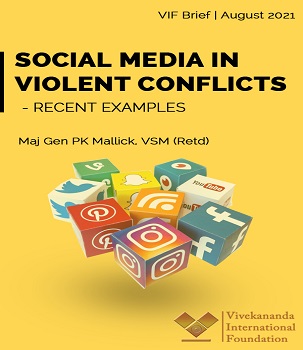
 Local Afghan police in Kakeran, Afghanistan, Feb. 18, 2013. While some militias the U.S. helped create to protect areas from the Taliban are operating as hoped, others have a reputation for abuse and banditry. (Bryan Denton/The New York Times)
Local Afghan police in Kakeran, Afghanistan, Feb. 18, 2013. While some militias the U.S. helped create to protect areas from the Taliban are operating as hoped, others have a reputation for abuse and banditry. (Bryan Denton/The New York Times)


